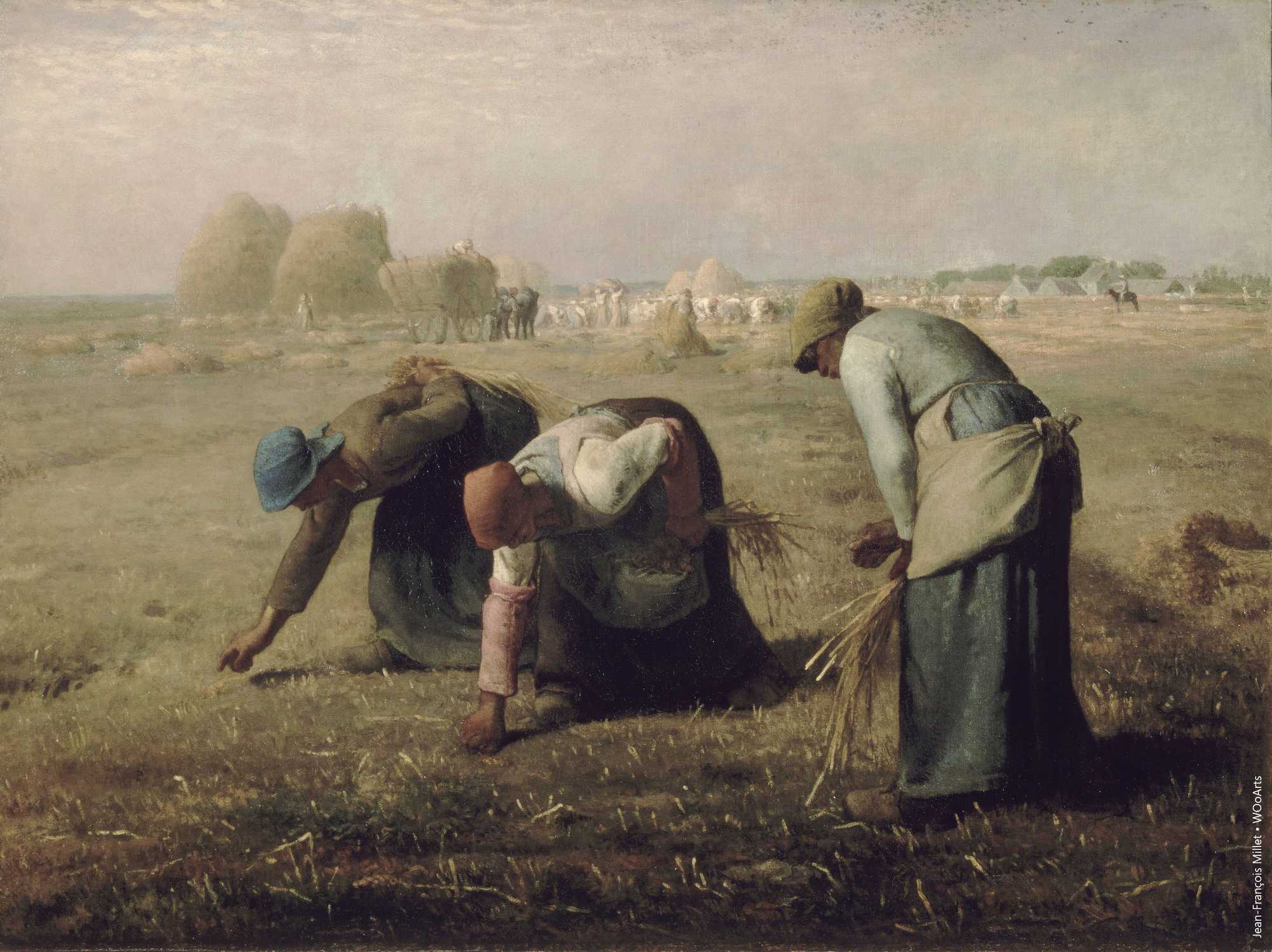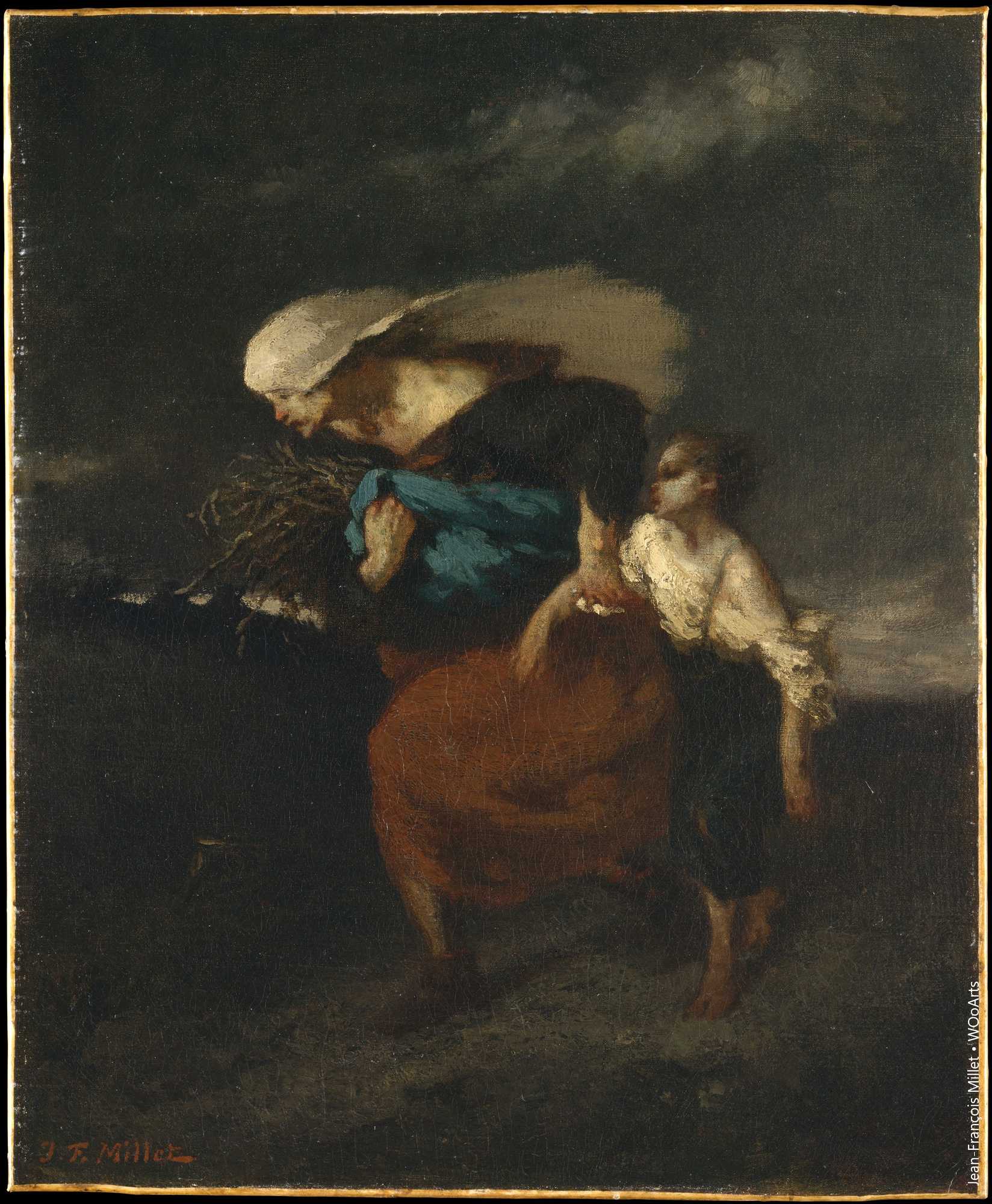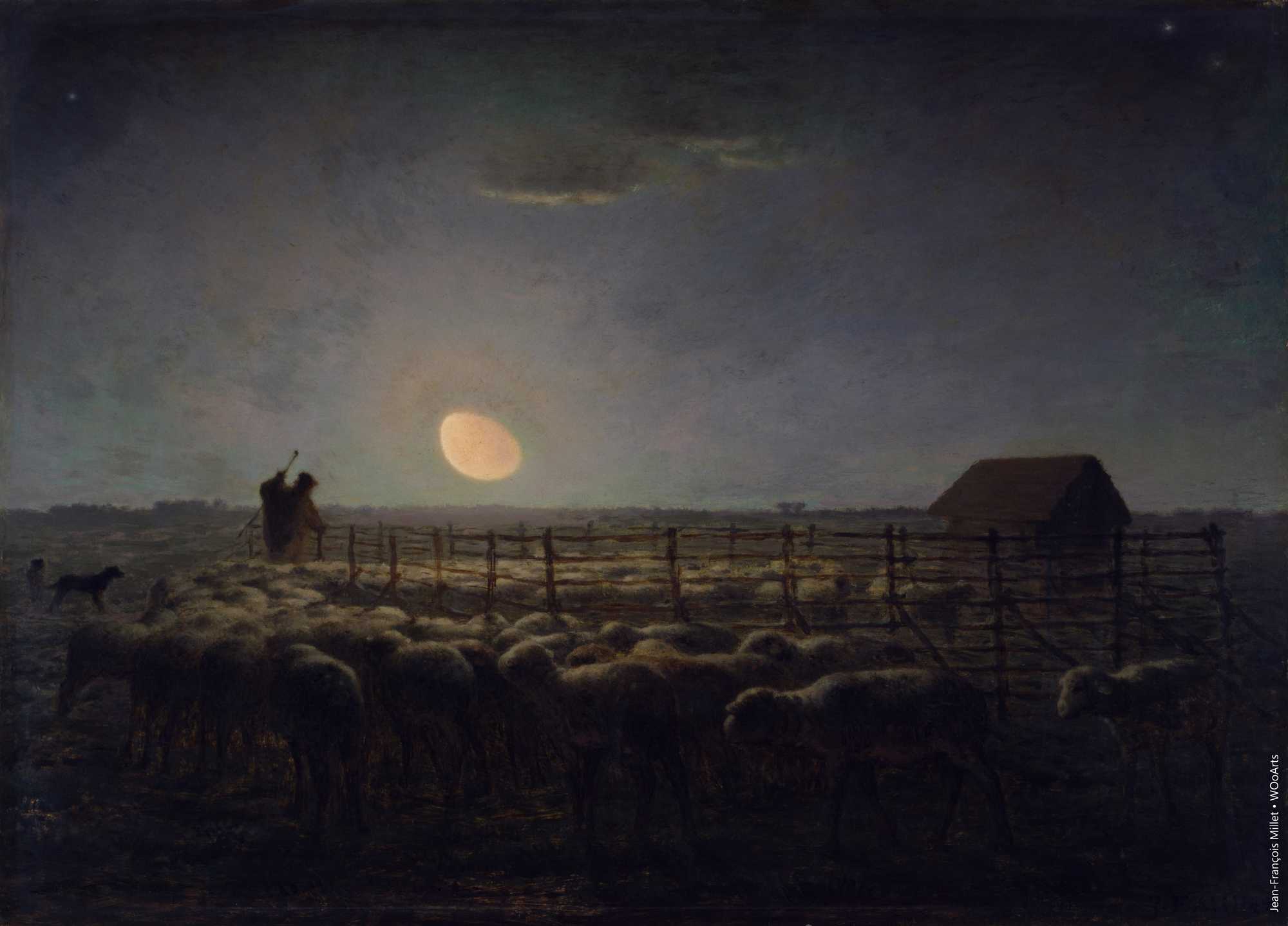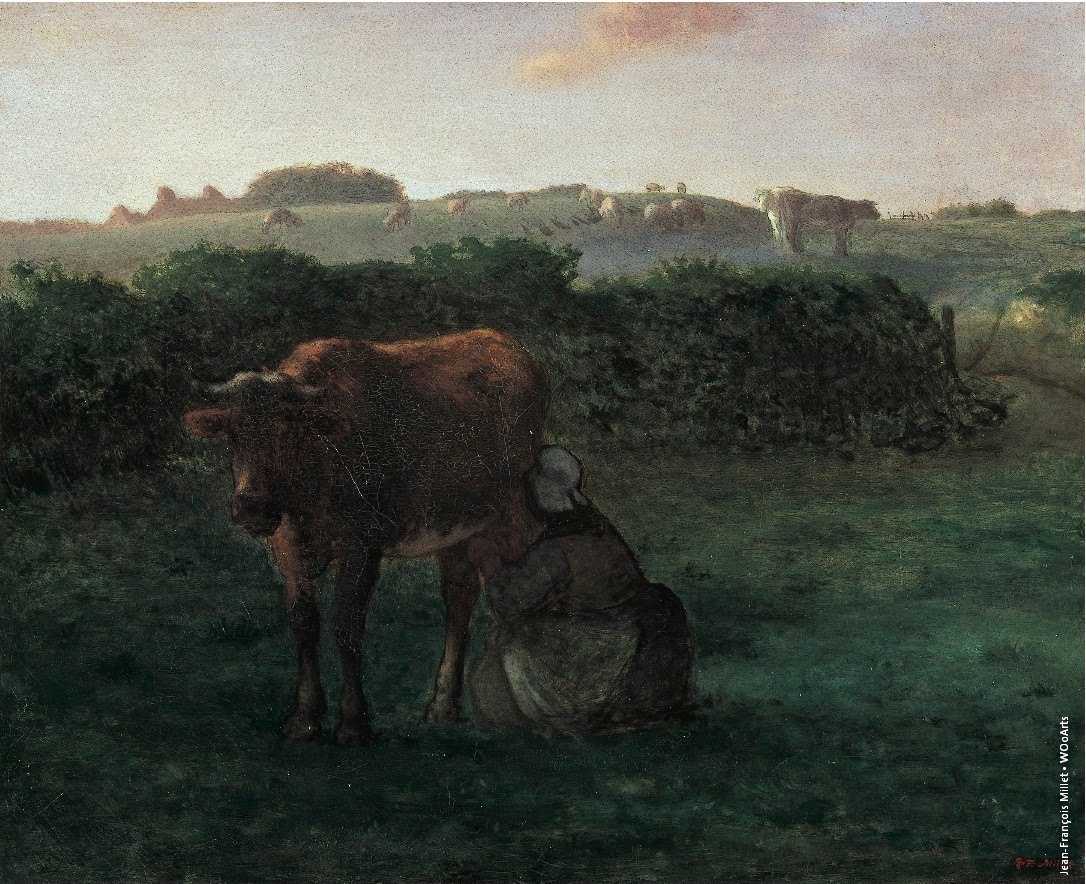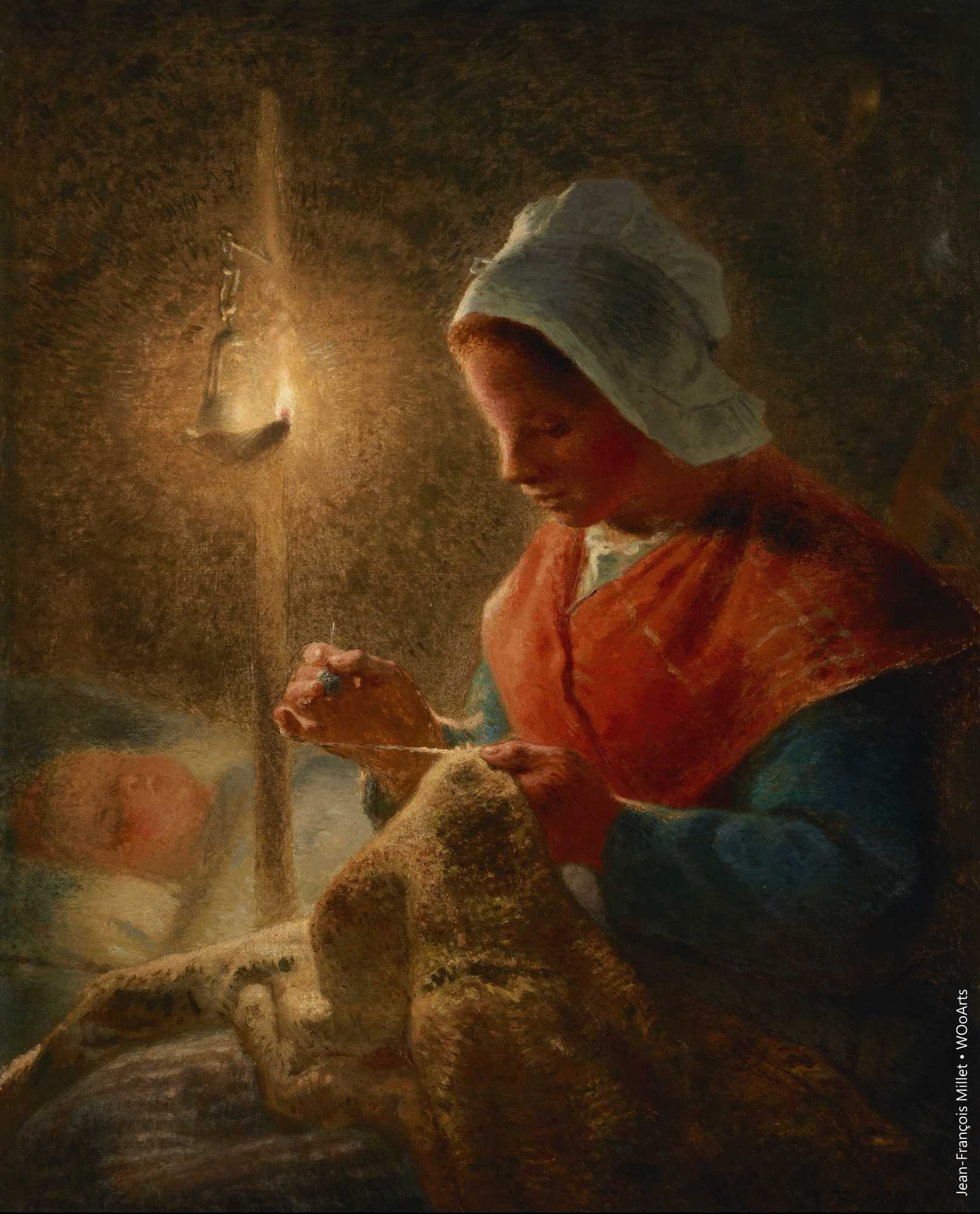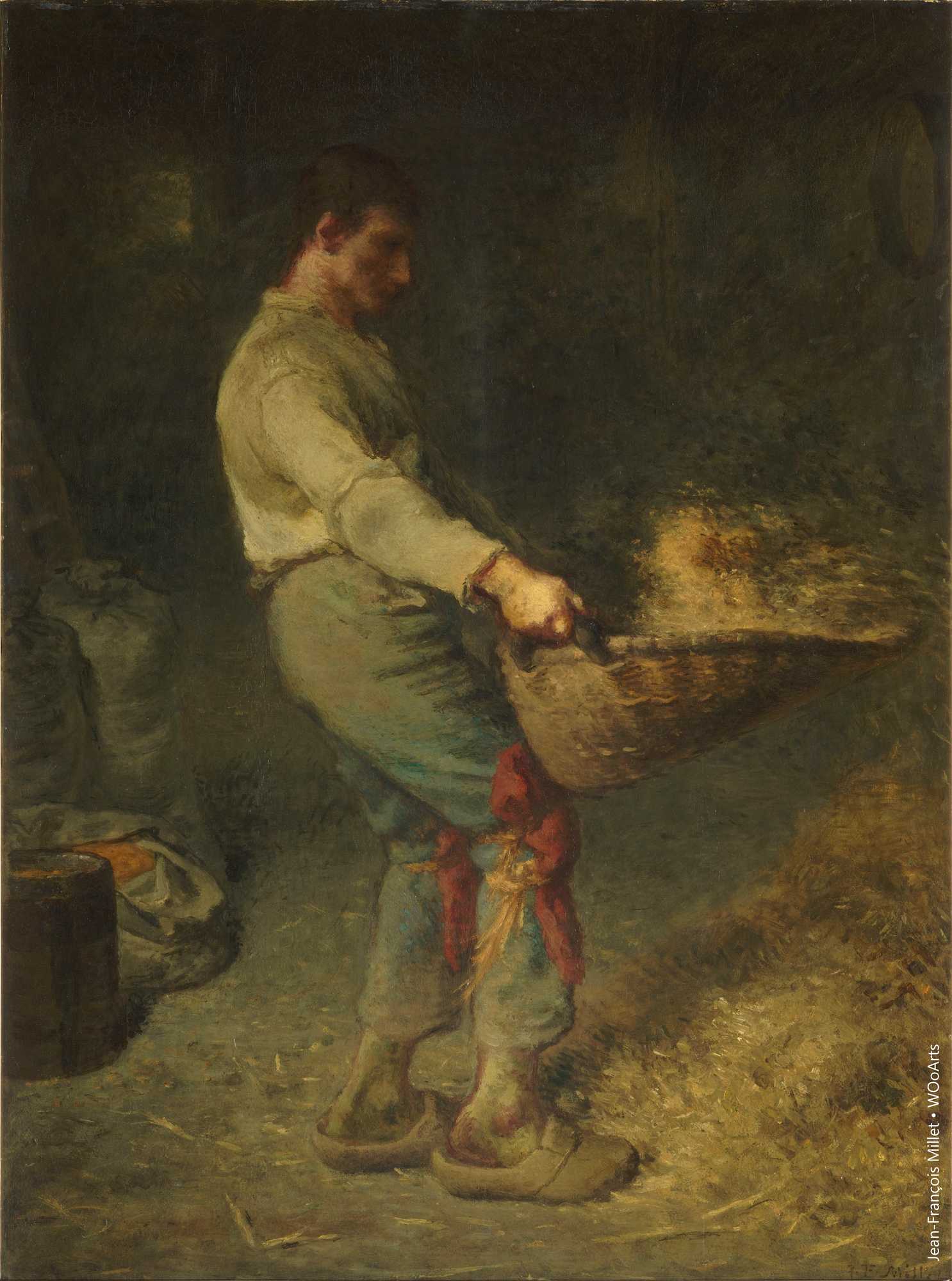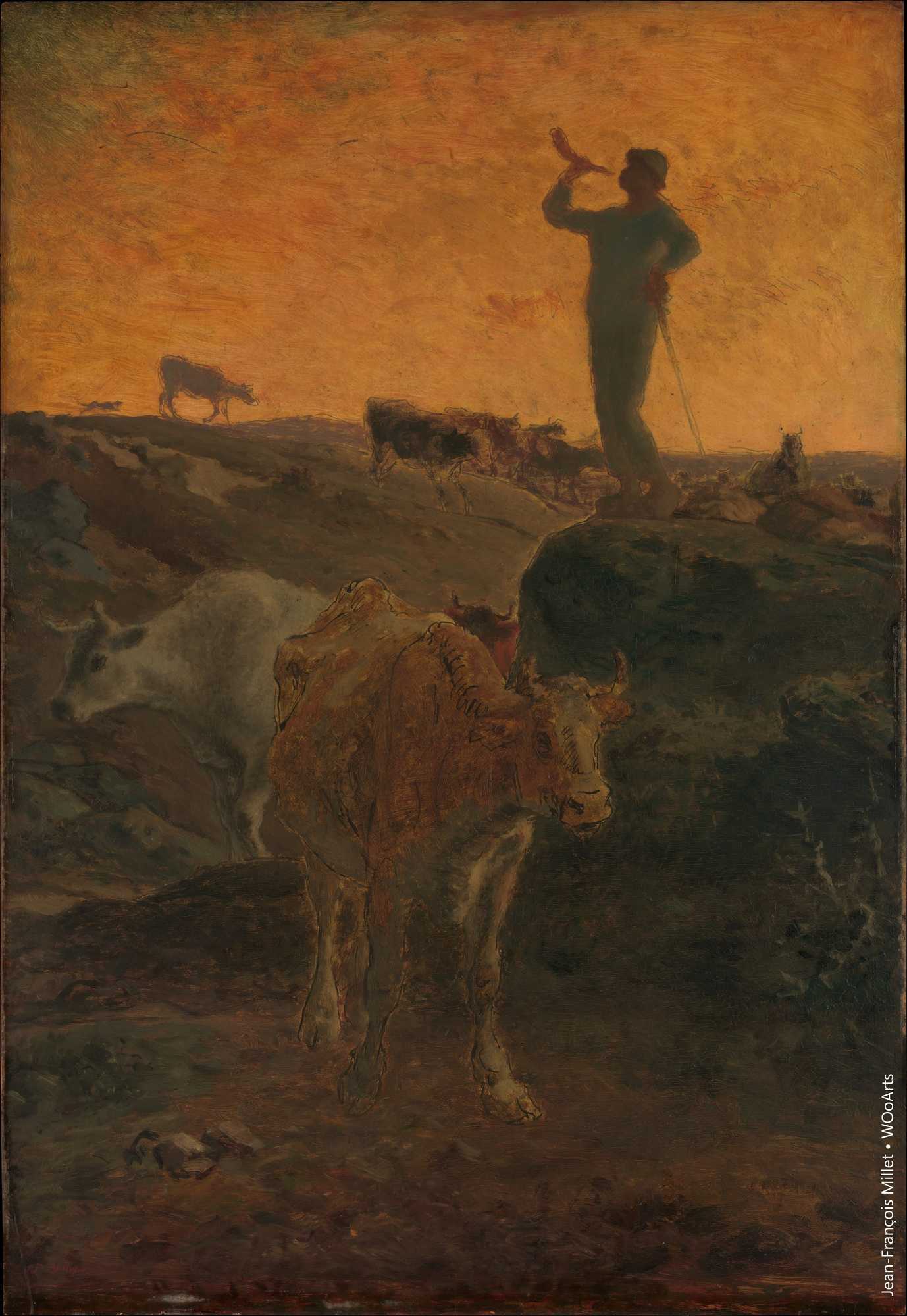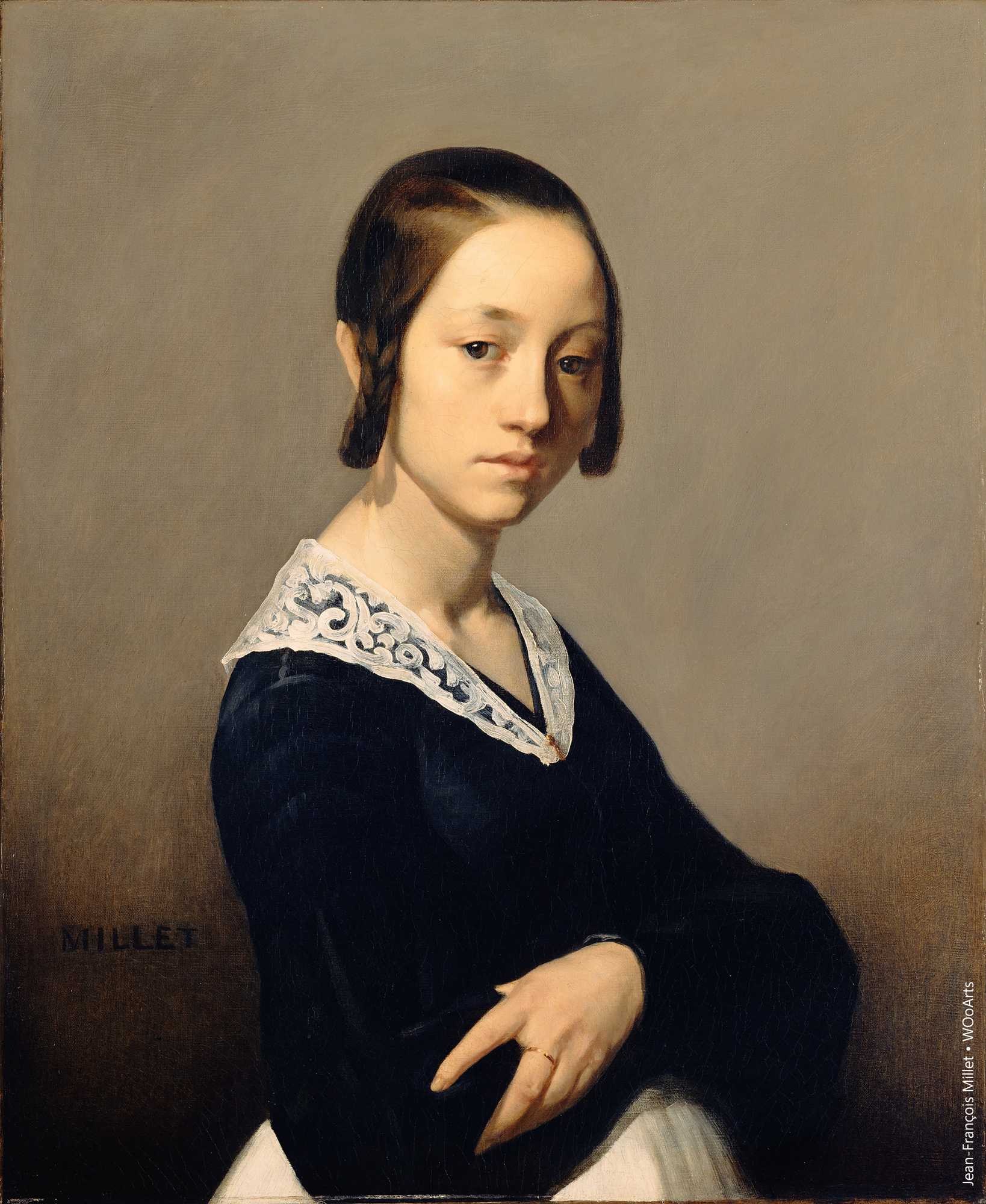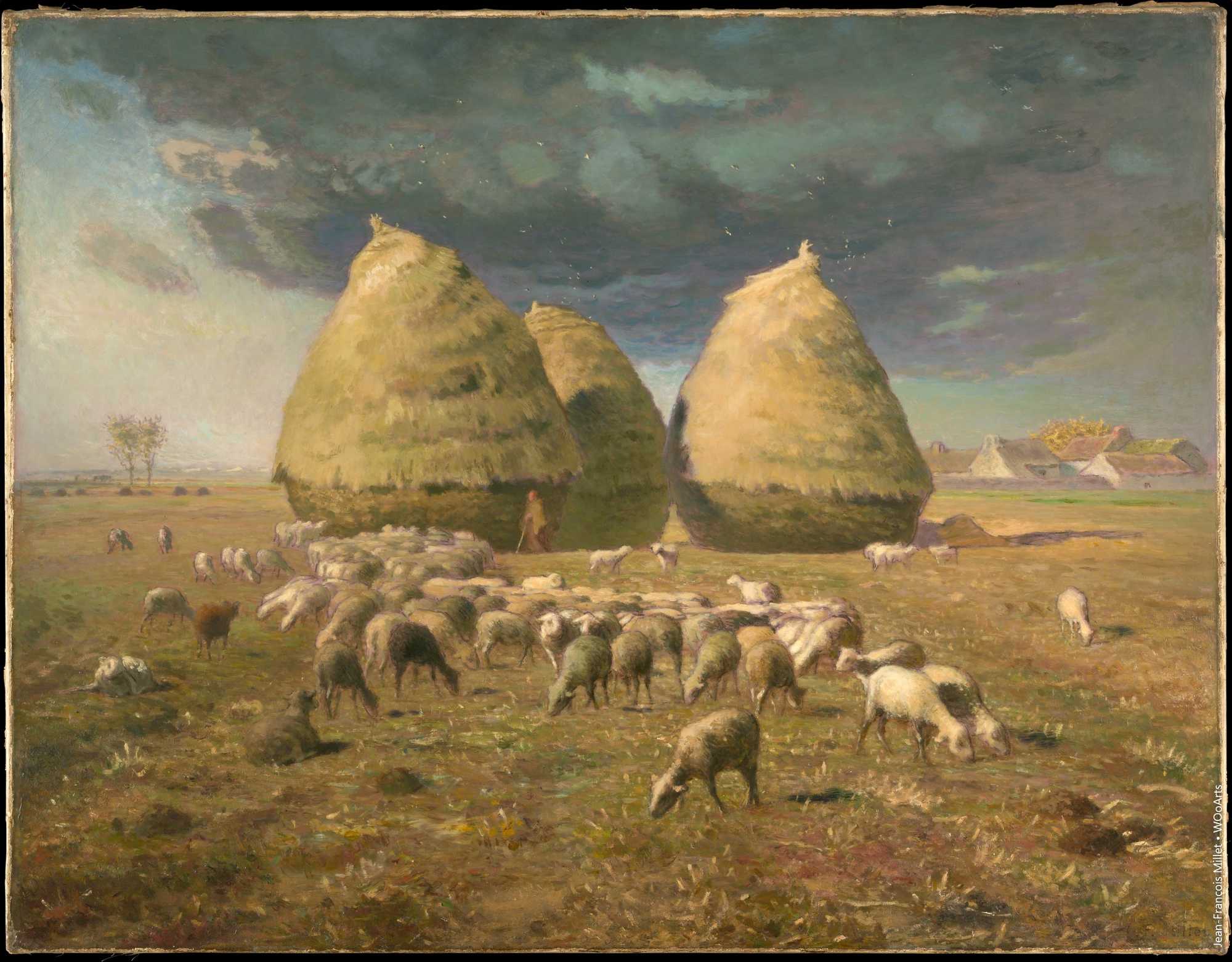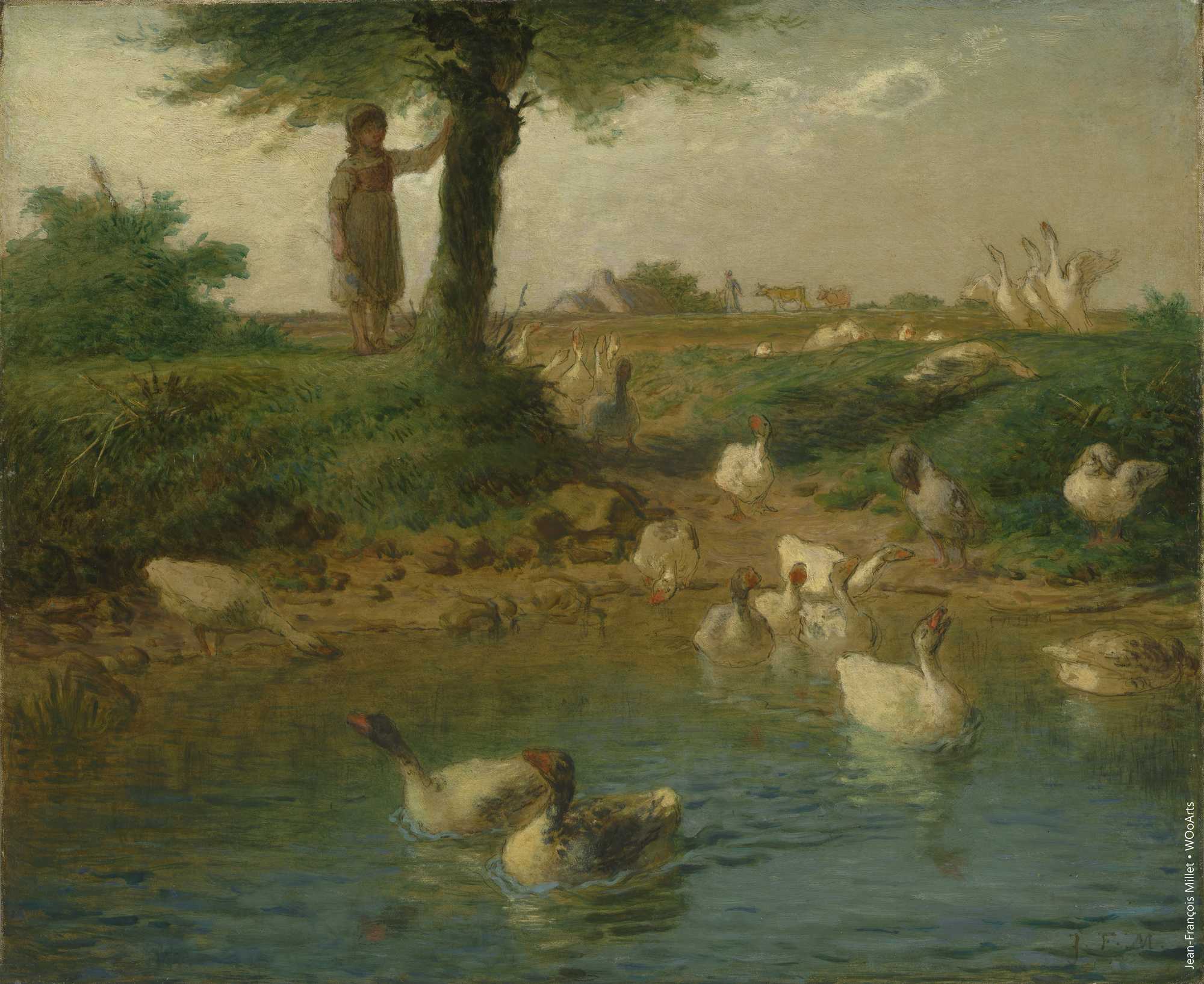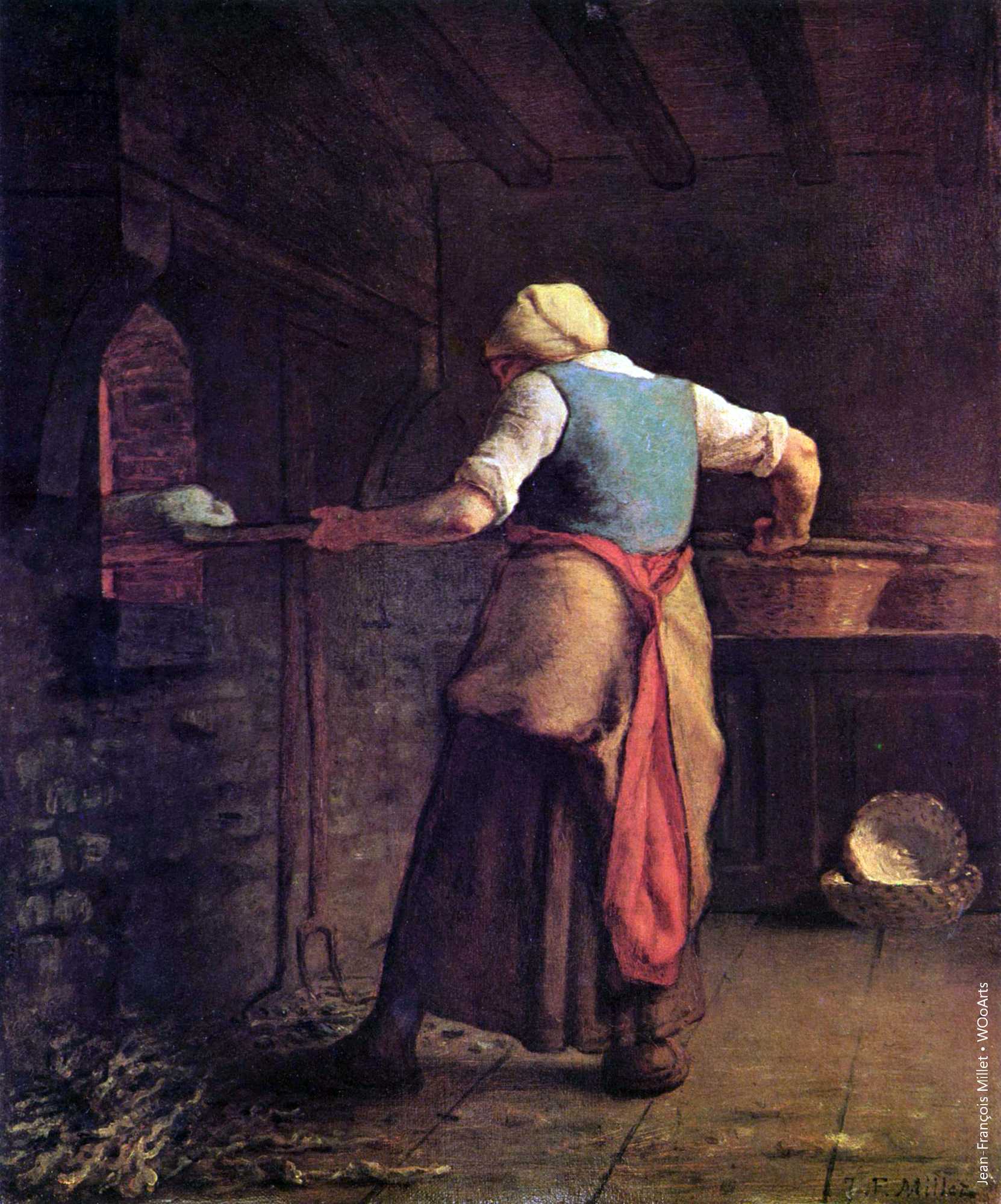A Closer Look at the Timeless Artistry of Jean-François Millet

- Millet’s Realism: A commitment to portraying life as it is, without romantic embellishments.
- Mastery of Light: Skillful use of chiaroscuro to bring depth and realism to his compositions.
- Emotional Resonance: The ability to evoke empathy and contemplation through the portrayal of human dignity.
- Symbolism and Allegory: Layers of meaning that invite viewers to delve into the deeper themes of his art.

Jean-François Millet’s art style transcends mere visual representation, offering a profound exploration of the human experience and its connection to the natural world. His legacy as a master of Realism and a compassionate observer of rural life continues to captivate art enthusiasts, inviting us to appreciate the timeless beauty and meaningful narratives embedded in his masterpieces.

Jean-François Millet, a prominent French painter and one of the founders of the Barbizon School, left an indelible mark on the art world with his distinctive art style. Born in 1814, Millet’s works are characterized by a deep connection to rural life, a keen observation of nature, and a nuanced portrayal of the human condition. In this article, we delve into the intricacies of Millet’s art style, examining the elements that define his masterpieces and contribute to their enduring appeal.
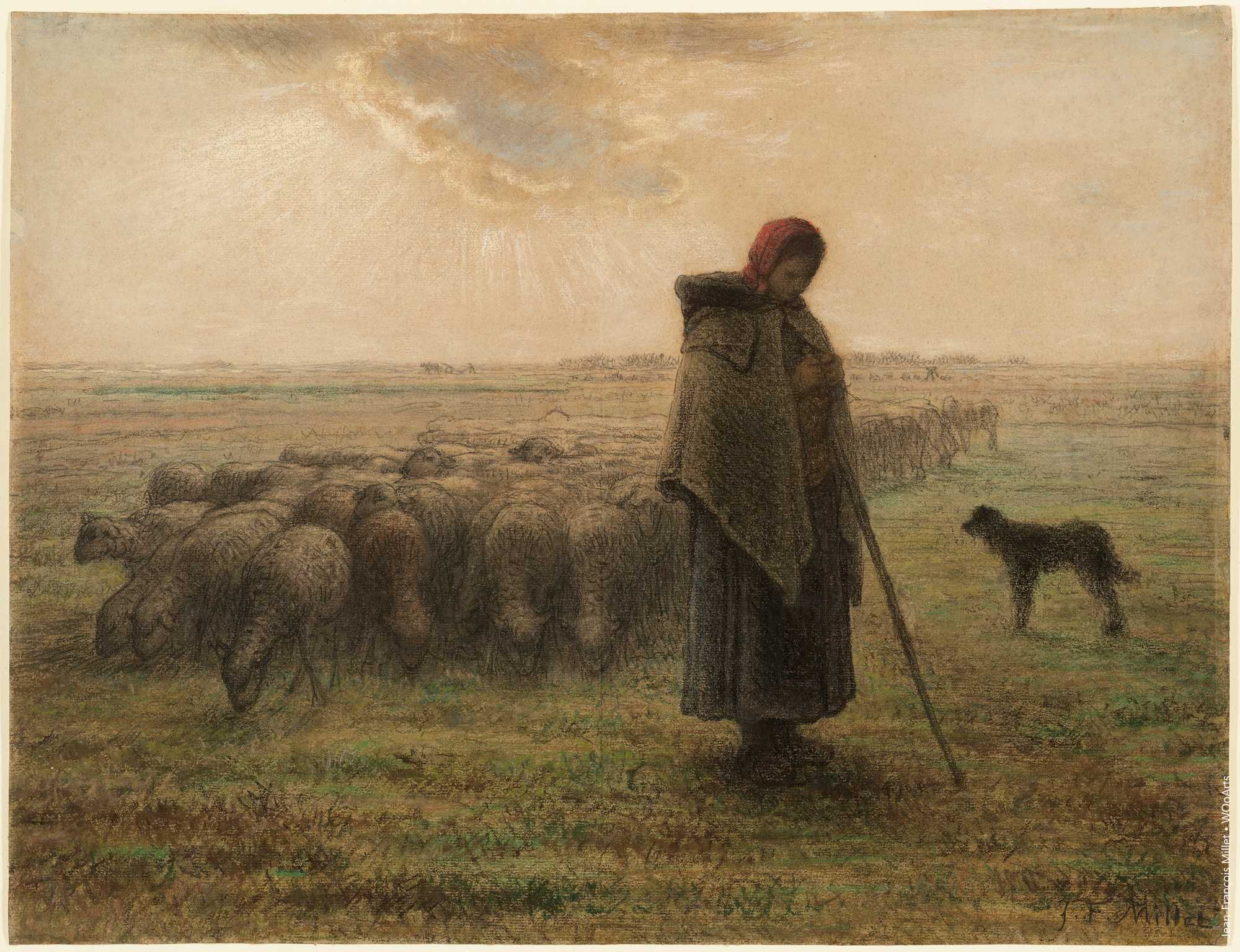
I. Realism and Rural Life: Millet was a pioneer of Realism, a movement that sought to capture life as it is, devoid of idealization or romanticism. His art often focused on rural scenes, depicting peasants engaged in daily activities such as farming, harvesting, and communal gatherings. The authenticity of Millet’s portrayal of rural life is a testament to his commitment to truth in art.
II. Mastery of Light and Shadow: One of the most captivating aspects of Millet’s art is his mastery of light and shadow. Whether depicting the golden hues of a sunset over a vast field or the subtle play of shadows on a group of laboring peasants, Millet’s use of light adds depth and dimension to his compositions. It is this keen understanding of chiaroscuro that brings his scenes to life, infusing them with a sense of realism and atmosphere.
III. Emotional Resonance: Beyond the technical aspects of his art, Millet’s works evoke a profound emotional resonance. His ability to capture the dignity and resilience of the rural poor, often marginalized in society, speaks to a deep empathy for his subjects. Millet’s paintings are imbued with a sense of human dignity, inviting viewers to reflect on the universal themes of labor, hardship, and the shared human experience.
IV. Symbolism and Allegory: Millet’s art is rich in symbolism and allegory, inviting viewers to explore layers of meaning beneath the surface. The recurrent themes of fertility, the cycle of life, and the connection between humanity and nature are prevalent in his works. Through subtle symbols and metaphors, Millet invites contemplation and introspection, elevating his paintings beyond mere visual representation.


